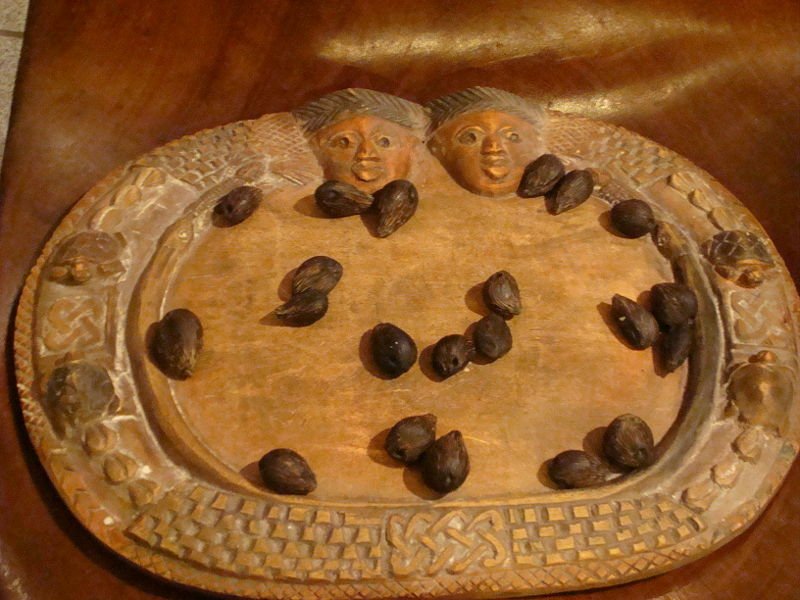Based on a study of the kea glyphs in A and G an intuitive approach lead to a few conclusions. Kea in Ab8-84, the last glyph on side b, seems to illustrate how the 'egg' in Ab8-80 (where 8 * 8 = 64 apparently is a number sign for maximum) is evolving into 2 'persons':
The imagery
is different in G, where instead a thumb evolves
into a hanging fruit (hua).
In midwinter
Sun will turn around (cfr Gb8-3) and daylight (ao)
will once again 'stand up' (tu). The bird list in
Manuscript E has a triplet of birds (tuvi, tuao,
tavi) located immediately before the arrival of the
spring bird manu tara and this triplet of birds could refer to
the same events as those described in Gb8-4 (cfr
84 in Ab8-84), Gb8-5, and Gb8-6:
The new beginning is close to the old end, and it is difficult to discern the one from the other. While Tahua has kea as the last glyph on the back side of the tablet the creator of G has instead put a kea as the first glyph in the last line of the back side. The double heads of these two kea glyphs presumably represent the front and back sides of the year, and we should remember the Yoruba board for the divination game Ifá (cfr at niu):
Already the ancient Babylonians associated winter solstice, and also summer solstice, with uncertainty ('the chamber of hazard' months, Ubšugina respectively Duazaga), and the hard to see planets Saturn and Mercury are possible to use in order to illustrate how difficult it is to perceive the future - the future in uncertain. |



